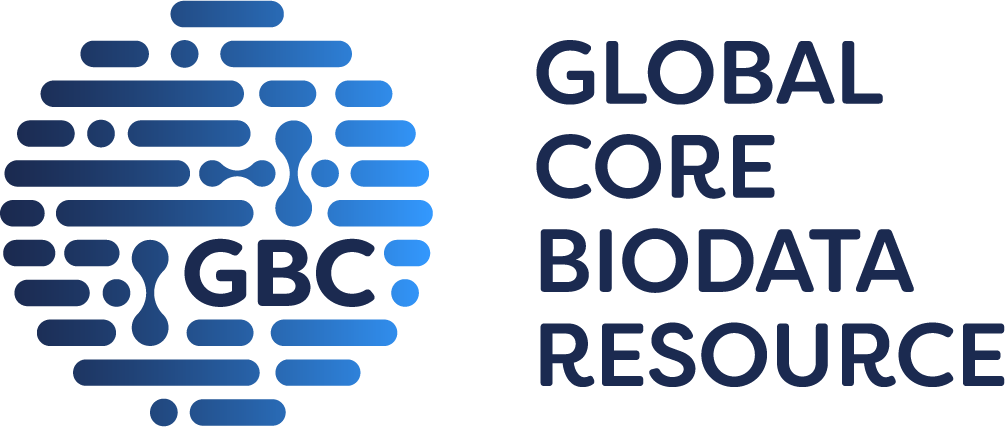Any feedback?
Literature summary for 1.2.1.4 extracted from
- A regulatory cysteine residue mediates reversible inactivation of NAD+-dependent aldehyde dehydrogenases to promote oxidative stress response (2020), ACS Chem. Biol., 15, 28-32 .
Localization
| Localization | Comment | Organism | GeneOntology No. | Textmining |
|---|---|---|---|---|
| cytosol | - |
Saccharomyces cerevisiae | 5829 | - |
Metals/Ions
| Metals/Ions | Comment | Organism | Structure |
|---|---|---|---|
| Mg2+ | activates | Saccharomyces cerevisiae |
Natural Substrates/ Products (Substrates)
| Natural Substrates | Organism | Comment (Nat. Sub.) | Natural Products | Comment (Nat. Pro.) | Rev. | Reac. |
|---|---|---|---|---|---|---|
| acetaldehyde + NADP+ | Saccharomyces cerevisiae | - |
acetate + NADPH + H+ | - |
? | |
| acetaldehyde + NADP+ | Saccharomyces cerevisiae ATCC 204508 | - |
acetate + NADPH + H+ | - |
? |
Organism
| Organism | UniProt | Comment | Textmining |
|---|---|---|---|
| Saccharomyces cerevisiae | P54115 | - |
- |
| Saccharomyces cerevisiae ATCC 204508 | P54115 | - |
- |
Substrates and Products (Substrate)
| Substrates | Comment Substrates | Organism | Products | Comment (Products) | Rev. | Reac. |
|---|---|---|---|---|---|---|
| acetaldehyde + NADP+ | - |
Saccharomyces cerevisiae | acetate + NADPH + H+ | - |
? | |
| acetaldehyde + NADP+ | - |
Saccharomyces cerevisiae ATCC 204508 | acetate + NADPH + H+ | - |
? |
Synonyms
| Synonyms | Comment | Organism |
|---|---|---|
| ALD6 | - |
Saccharomyces cerevisiae |
| NADP+-dependent Ald6 | - |
Saccharomyces cerevisiae |
Cofactor
| Cofactor | Comment | Organism | Structure |
|---|---|---|---|
| NADP+ | dependent on | Saccharomyces cerevisiae |
General Information
| General Information | Comment | Organism |
|---|---|---|
| evolution | physiological function of the regulatory mechanism for NAD+-dependent ALDHs via cysteine oxidation and vicinal disulfide formation using yeast Ald4 (EC 1.2.1.5) and Ald6. While both enzymes convert aldehyde to acetate and are important for yeast ethanol metabolism, they differ in cofactor utilization and the regulatory mechanism. Ald4 prefers NAD+ while Ald6 is NADP+-dependent. The regulation of activity via disulfide formation between the catalytic cysteine and adjacent regulatory cysteine is only present in the NAD+-dependent Ald4, but not in the NADP+-dependent Ald6. This regulatory mechanism for Ald4 ensures the fast inactivation of Ald4 upon oxidation and the reactivation upon reduction | Saccharomyces cerevisiae |
| metabolism | isozymes Ald4, Ald5 and Ald6 play important roles in yeast survival when using ethanol as the carbon source. Both Ald4 and Ald5 preferentially use NAD+ as cofactors in cells while Ald6 only utilizes NADP+. With ethanol as the carbon source, the pentose phosphate pathway, a major pathway to generate NADPH, is shut down as the substrate is not available | Saccharomyces cerevisiae |
| physiological function | Ald6 converts aldehyde to acetate and are important for yeast ethanol metabolism Ald6 is utilized as a major pathway for NADPH production. Instead of cysteine, Ald6 has a serine next to the active site cysteine. As the regulatory cysteine inactivates Ald4 during oxidative stress, we hypothesized that under oxidative stress, Ald6 remains active while Ald4 is inactivated, thus diverting all acetaldehyde to Ald6 for the production of NADPH. This way, yeast can survive oxidative stress better | Saccharomyces cerevisiae |





